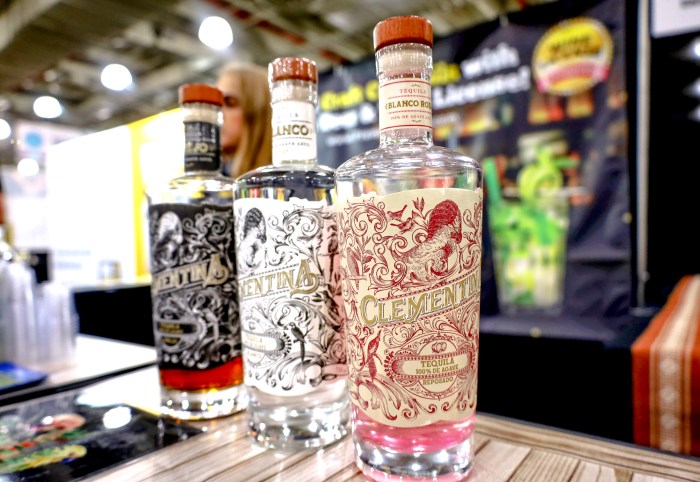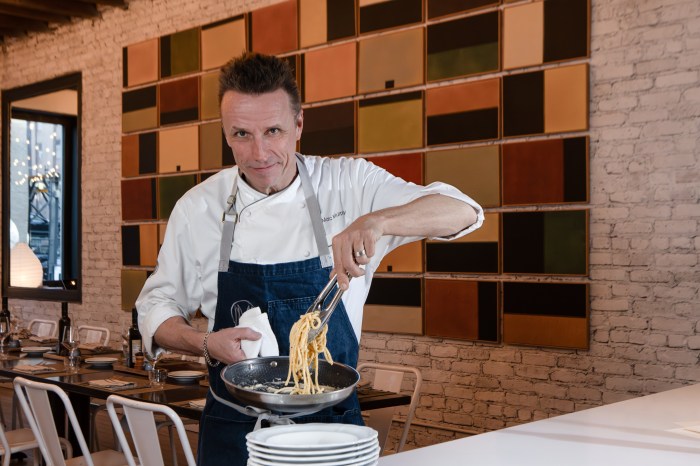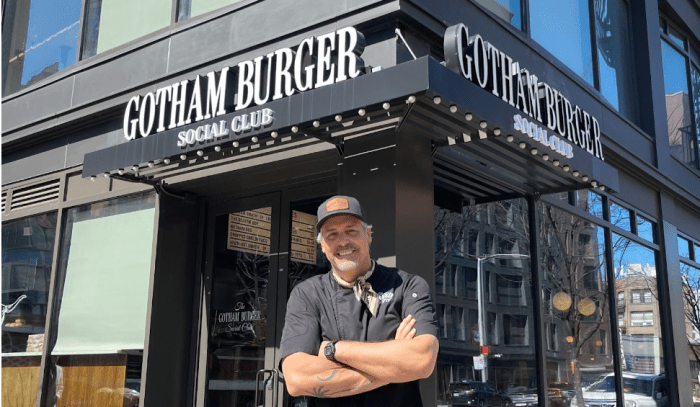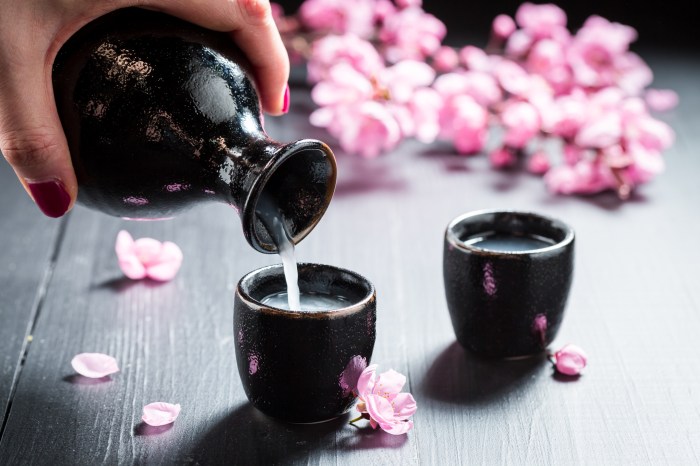The online magazine New Potato is as much about style as food — so you know the food is always going to look good.
We asked photographer Aubrie Pick, 37, who shot the creators’ new cookbook, “Great Tastes” (out April 10), for some insight on how the food photography came together.
Approachable yet polished
“The food in the book is delicious and fairly simple things that you can make say on a busy weeknight. So I think they wanted the food to have an approachable quality and the images to be approachable, but also have the bit of a polish that their site has. It was walking a line between homey food that looked slightly refined.”
Crisp lighting
“It all starts with light. In the food photos, I was working with the light to make it have dynamic lighting with sort of crisp shadows, which I think is reflective of what they do on the site.”
Right angle
“I try to think about an angle that’s going to show off what the food is all about. I think overheads are a really modern, appealing angle on food, but not every dish looks great overhead. Burgers are hard to shoot overhead unless you take the bun off. For each shot, I definitely talked to the food stylist about what’s going to work best for the food — they’re going to have a better sense of how it acts. Some things might be able to pile up, some things might not, which would change the angle.”
Color palette
“We tried to pick props that were monochrome. We stayed in more of a neutral grade, blacks, and let the food be the pop of color. Which I think is reflective also if you look on their site — it’s got that dual-tone thing going on.”
Avoiding cliché
“There were sandwiches on slider rolls and we wanted to show a lot of them. I didn’t want to do another straight-on shot of sandwiches, so I did [a shot] of different sandwiches built. I felt that was a really fun way to solve the issue. Certain things just lend themselves to being the shot the same way every time, and that can get really boring.”
Tools of the trade
“I tend to put my surface and my plates a little lower. We use something called apple boxes. I usually shot on a tripod; if I’m shooting handheld, it’s not the same shot every time, so the styling team can’t set up the details. Once I have a hero image — when I feel like I nailed the one on the tripod — I generally go off the tripod and go freehand.”

















